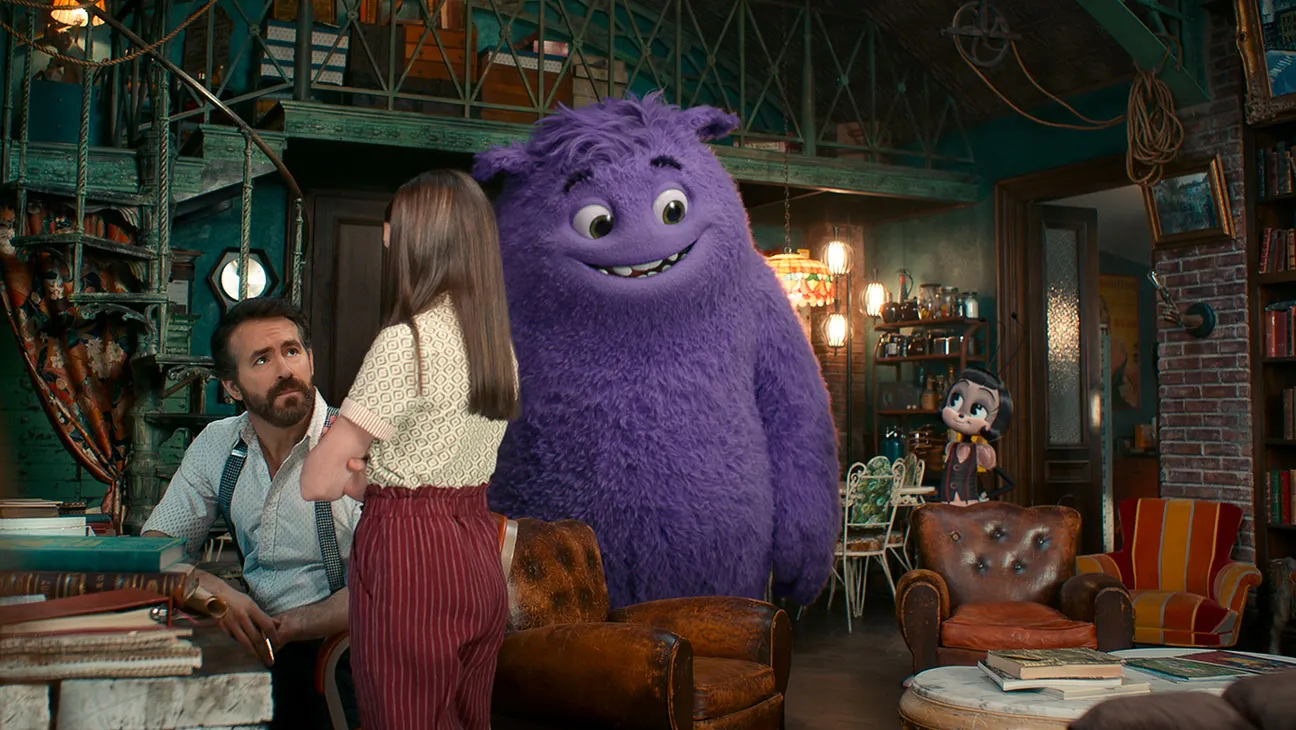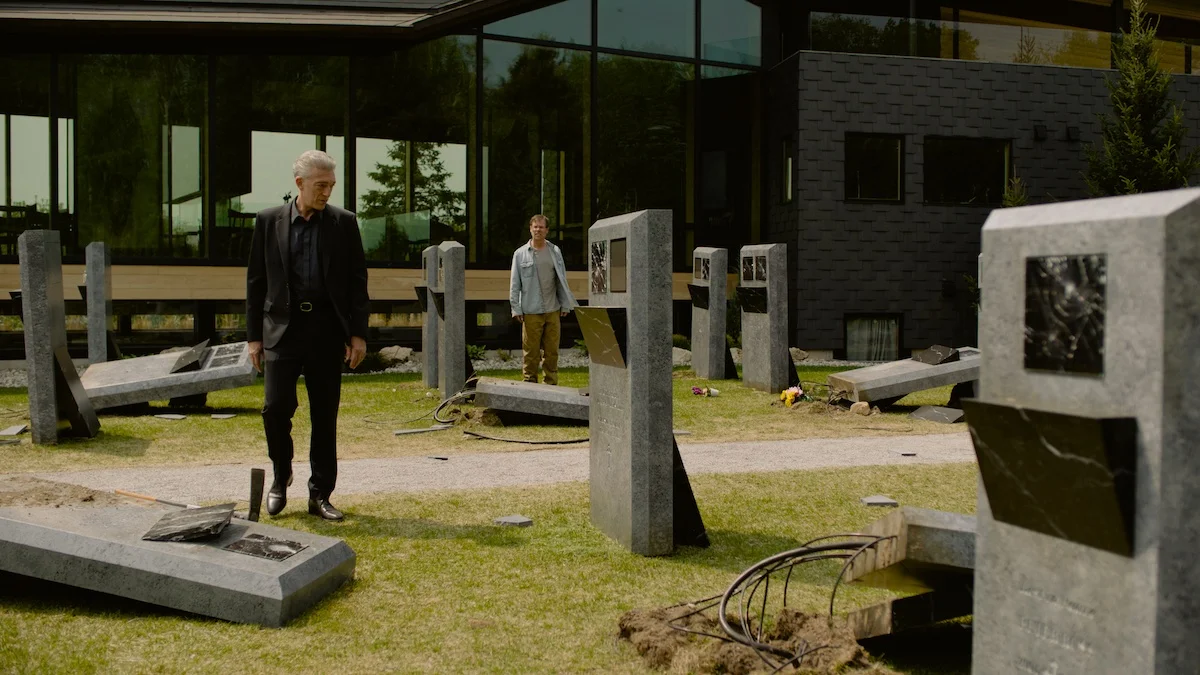by Vincent Canby
Taking a best-selling novel of more drive than genius (Mario Puzo’s The Godfather), about a subject of something less than common experience (the Mafia), involving an isolated portion of one very particular ethnic group (first-generation and second-generation Italian-Americans), Francis Ford Coppola has made one of the most brutal and moving chronicles of American life ever designed within the limits of popular entertainment.
The Godfather is a superb Hollywood movie that was photographed mostly in New York (with locations in Las Vegas, Sicily, and Hollywood). It’s the gangster melodrama come of age, truly sorrowful and truly exciting, without the false piety of the films that flourished forty years ago, scaring the delighted hell out of us while cautioning that crime doesn’t (or, at least, shouldn’t) pay.
It still doesn’t, but the punishments suffered by the members of the Corleone family aren’t limited to sudden ambushes on street corners or to the more elaborately choreographed assassinations on thruways. They also include lifelong sentences of ostracism in terrible bourgeois confinement, of money and power but of not much more glory than can be obtained by the ability to purchase expensive bedroom suites, the kind that include everything from the rug on the floor to the pictures on the wall with, perhaps, a horrible satin bedspread thrown in.
Yet The Godfather is not quite that simple. It was Mr. Puzo’s point, which has been made somehow more ambiguous and more interesting in the film, that the experience of the Corleone family, as particular as it is, may be the mid-twentieth-century equivalent of the oil and lumber and railroad barons of nineteenth-century America. In the course of the ten years of intra-Mafia gang wars (1945-1955) dramatized by the film, the Corleones are, in fact, inching toward social and financial respectability.
For the Corleones, the land of opportunity is America the Ugly, in which almost everyone who is not Sicilian or, more narrowly, not a Corleone, is a potential enemy. Mr. Coppola captures this feeling of remoteness through the physical look of place and period, and through the narrative’s point of view. The Godfather seems to take place entirely inside a huge smoky plastic dome, through which the Corleones see our real world only dimly.
Thus, at the crucial meeting of Mafia families, when the decision is made to take over the hard-drug market, the old don argues in favor, saying he would keep the trade confined to blacks—“they are animals anyway.”
This is all the more terrifying, because within their isolation there is such a sense of love and honor, no matter how bizarre.
The film is affecting for many reasons, including the return of Marion Brando, who has been away only in spirit, as Don Vito Corleone, the magnflicent, shrewd old Corleone patriarch. It’s not a large role, but he is the key to the film and to the contributions of all of the other performers—so many of them that it is impossible to give everyone his due.
Some, however, must be cited, especially Al Pacino as the college-educated son who takes over the family business and becomes, in the process, an actor worthy to have Brando as his father; as well as James Caan, Richard Castellano, Robert Duvall, Al Lettieri, Abe Vigoda, Gianni Russo, Al Martino and Morgana King. Mr. Coppola has not denied the characters’ Italian heritage (as can be gathered by a quick reading of the cast), and by emphasizing it, he has made a movie that transcends its immediate milieu and genre.
The Godfather plays havoc with the emotions, as the sweet things of life —marriages, baptisms, family feasts—become an inextricable part of the background for explicitly depicted murders by shotgun, garrote, machine gun and boobytrapped automobile. The film is about an empire run from a dark suburban Tudor palace where people, in siege, eat out of cardboard containers while babies cry and get under foot. It is also more than a little disturbing to realize that characters who are so moving one minute are likely, in the next scene over a white tablecloth, to be blowing out the brains of a competitor. It’s nothing personal, just their way of doing business as usual.
The New York Times, March 16, 1972




